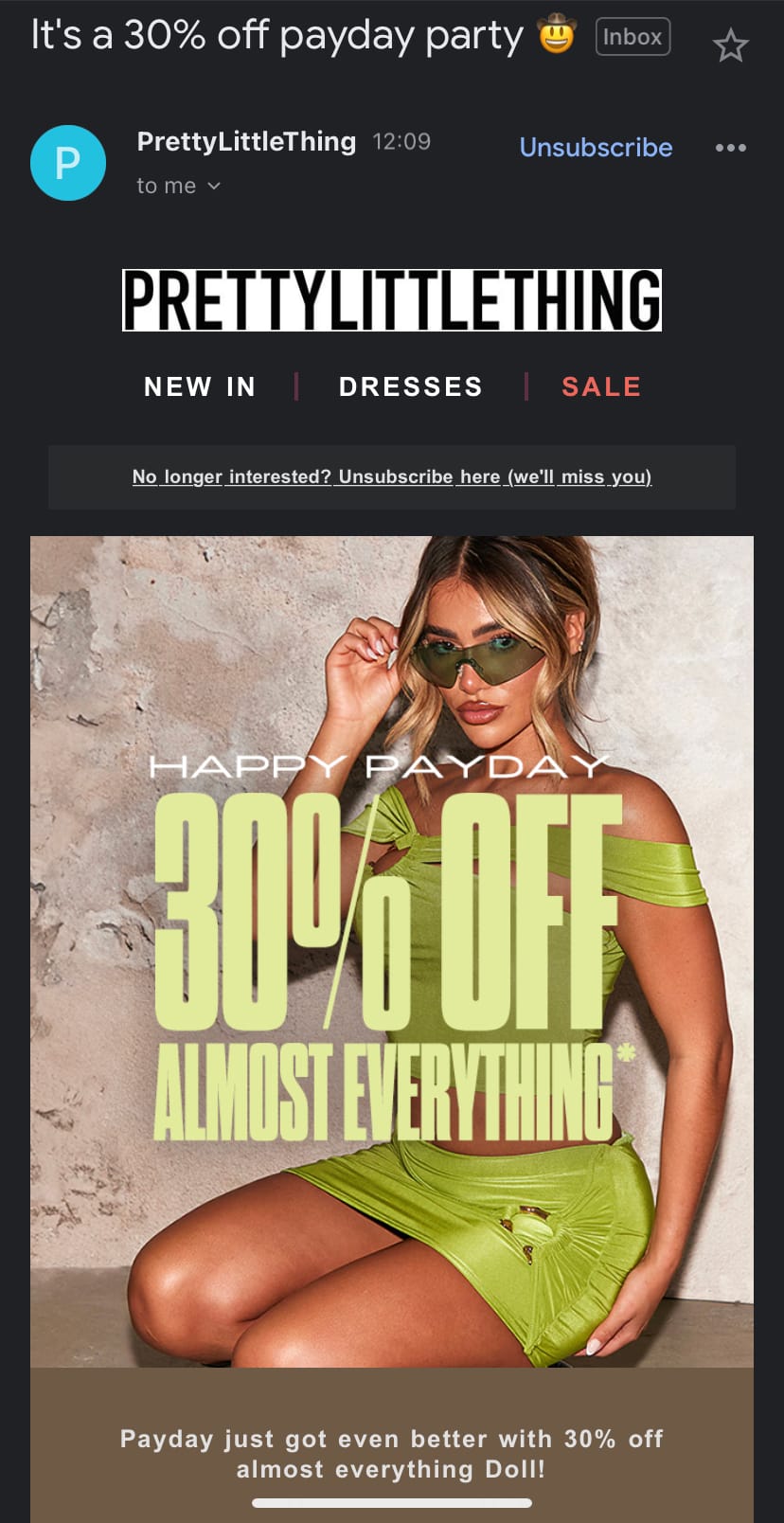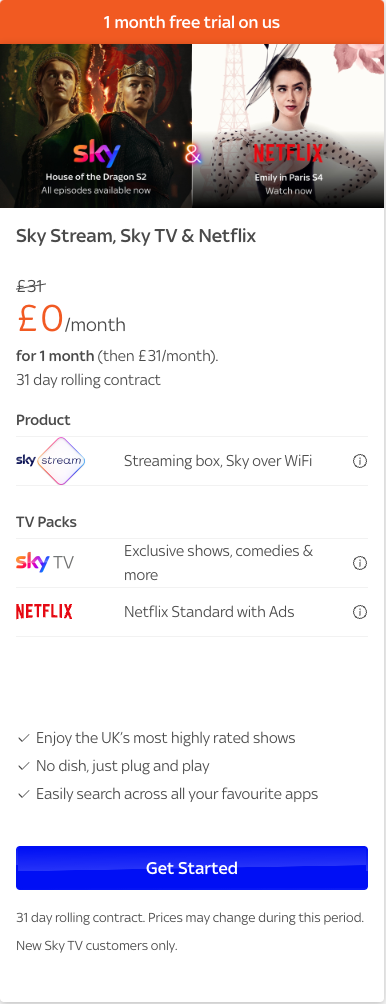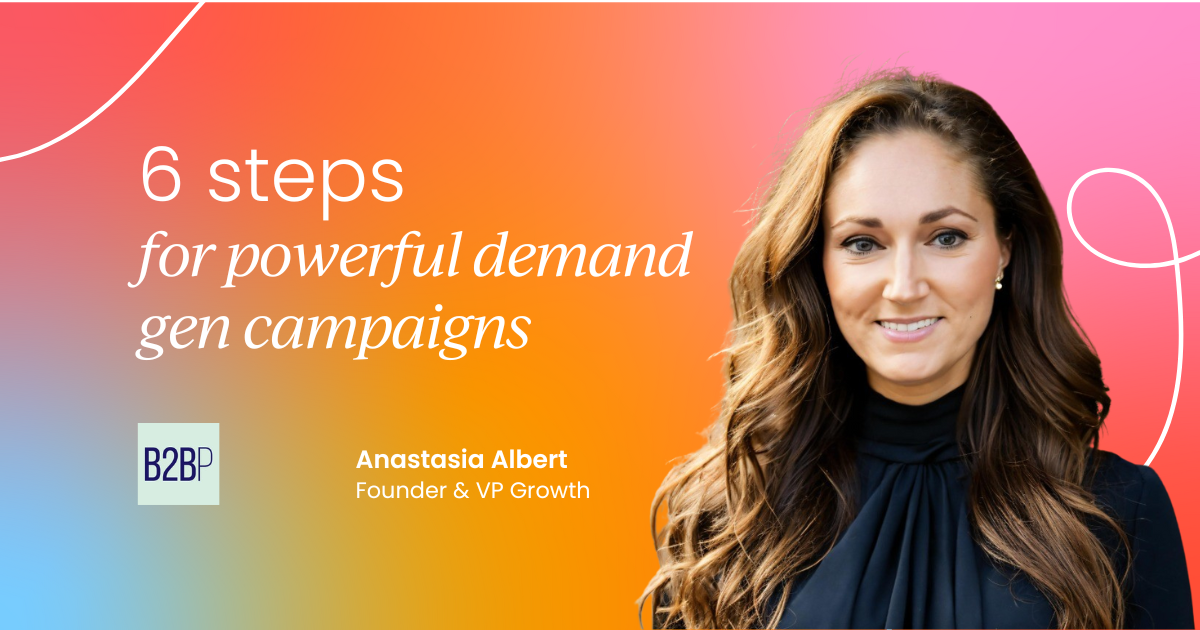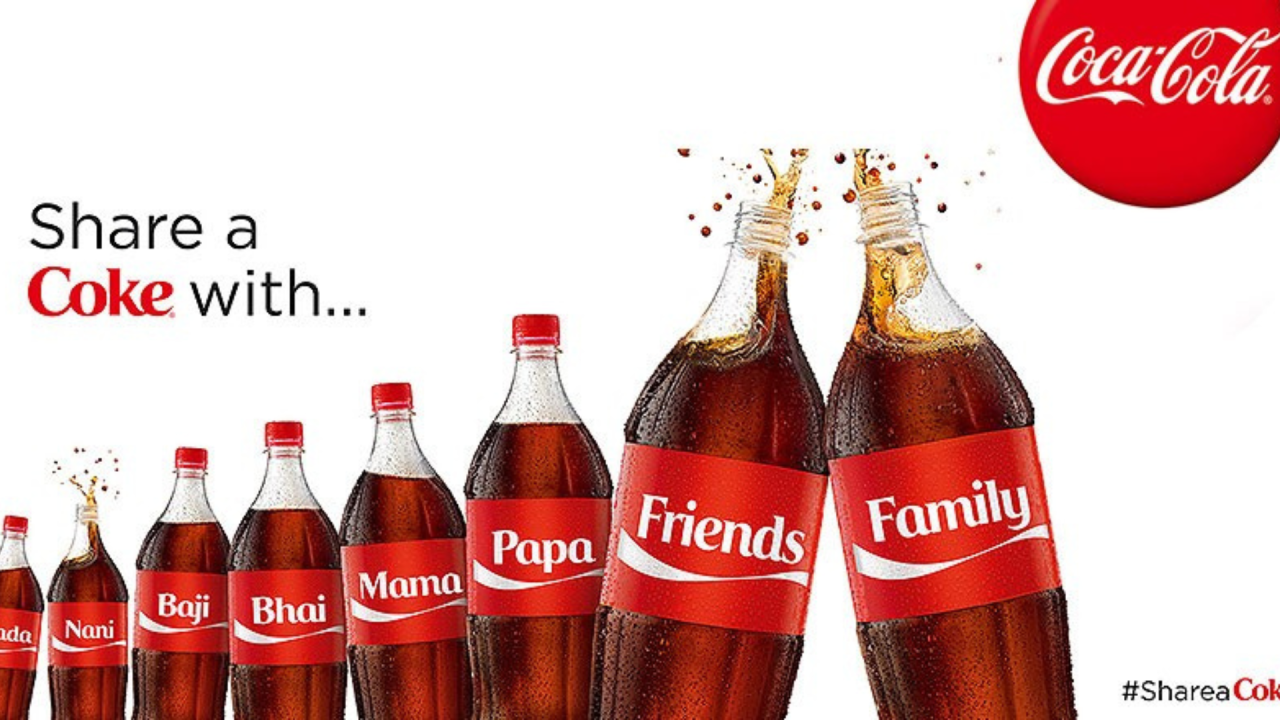Demand generation and lead generation are two strategies that are often mistaken for one another.
Humor me as I break down the differences with a fun, little metaphor. Pretend you’re walking into a busy marketplace. Lead generation is setting up a booth and collecting contact information from interested passersby. It's about quantity – gathering as many potential customer details as possible for your sales team to follow up on later.
Demand generation, however, is the art of becoming the talk of the marketplace. It's about creating such a compelling presence that people are drawn to your booth, already understanding and hungry for what you offer. This strategy focuses on building awareness, credibility, and excitement around your brand, products, or services.
In this article, we'll explore six powerful B2C demand generation strategies that can transform your revenue marketing efforts. We'll also demonstrate how to elevate traditional B2C lead generation tactics into more effective demand generation approaches.
Our goal? To shift your focus from merely collecting contacts to cultivating a community of informed, enthusiastic potential customers who recognize the value of your product before they even reach out.
By the end, you'll have a clear understanding of how to create not just interest, but genuine demand for your business.
The six B2C demand generation strategies are:
- Thought leadership collaborations
- Educational video series
- Value-driven nurturing campaigns
- Customer success stories
- Interactive product experiences
- User-generated content campaigns
Thought leadership collaborations
To elevate your influencer marketing from simple lead generation to demand creation, focus on partnering with industry experts to produce educational content that addresses your audience's challenges and industry trends.
Unlike traditional approaches that rely on affiliate links or brief ads, this strategy positions influencers as thought leaders who demonstrate your product's value through in-depth, practical applications.
B2C demand generation example: Max Factor
Take a look below at a real-life example of this type of thought leadership collaboration. The woman in the video, Sam Chapman, is a very successful and trusted influencer and thought leader in the beauty industry.
Sam partnered with Max Factor for an ad and created an Instagram Reel where she did a makeup tutorial using just Max Factor products. She outlines why each product is good, highlighting how to use and apply each product, all the while showcasing what the final product can look like.
This not only promotes Max Factor’s offerings but also builds credibility, generates excitement, and cultivates a deeper understanding of their brand's value proposition, ultimately creating informed, enthusiastic customers who are primed to seek out their products.
Educational video series
Rather than pushing out standalone video content, why not develop a comprehensive video series that addresses your audience's pain points and showcases how your product or service can solve them? This creates a narrative that drives interest and demand.
B2C demand generation example: Apple
Apple leverages YouTube to showcase the camera quality of their iPhones through captivating short films shot entirely on their devices. See below an example titled “Shot on iPhone 15 Pro | ¡Suerte! | Apple”.
Following these artistic pieces, they then release behind-the-scenes videos that demystify the filmmaking process, demonstrating how iPhone owners can get similar high-quality results. Below is an example: “Shot on iPhone 15 Pro | The making of “¡Suerte!” | Apple”.
This strategy is crucial for demand generation as it serves multiple purposes. Firstly, it provides tangible proof of the product's capabilities, transforming technical specifications into visually stunning real-world applications.
Secondly, by offering instructional content, Apple empowers users to unlock their creative potential, fostering a deeper connection with the brand and increasing perceived value. This approach not only attracts new customers but also encourages existing users to upgrade, driving demand through aspiration and education.
Value-driven nurturing campaigns
Value-driven nurturing campaigns are a great way to elevate your demand generation strategy. Instead of relying on simple remarketing tactics, develop sophisticated, content-rich campaigns that consistently deliver value to your target audience.
By sharing industry insights, practical tips, and exclusive content, you not only keep your brand at the forefront of potential customers' minds but also establish your company as a trusted authority in your field.
B2C demand generation example: PrettyLittleThing
PrettyLittleThing employs a highly targeted email marketing strategy, consistently engaging its subscriber base with timely offers and event-driven campaigns.
A prime example is their end-of-month "Payday" campaign, where they strategically time their communications to coincide with when their audience is most likely to have disposable income.
This campaign not only acknowledges the financial rhythm of their customers' lives but also incentivizes purchases with a compelling 30% discount on nearly their entire inventory.

This demonstrates a deep understanding of customer behavior and purchasing patterns, allowing PrettyLittleThing to capitalize on moments of high buying intent. By aligning their marketing with their customers' financial cycles, they significantly increase the likelihood of conversion.
Also, consistent nurturing through regular, relevant communications keeps the brand top-of-mind, fostering customer loyalty and repeat purchases. The addition of targeted discounts creates a sense of urgency and exclusivity, driving immediate action.
Plus, this strategy allows PrettyLittleThing to stand out in a crowded e-commerce landscape by providing value at the right time, potentially capturing sales that might otherwise go to competitors. By combining timing, relevance, and incentives, PrettyLittleThing effectively stimulates demand and maximizes customer lifetime value.
Customer success stories
Another great strategy is transforming referral programs into in-depth case studies and success stories. Make sure to highlight the tangible benefits and ROI that existing customers have achieved, inspiring others to seek similar results.
B2C demand generation example: Airbnb
Airbnb strategically maintains a blog showcasing inspiring Host success stories, serving a dual purpose in their demand generation efforts. These narratives not only motivate potential Hosts to join the platform, expanding Airbnb's inventory but also humanize the hosting experience for potential guests.
By featuring stories like "Superhost spotlight: filling a home with life after loss," which chronicles a widow's journey of healing through hosting, Airbnb creates emotional connections with its audience.
“Hosting became a way to be a little less of a hermit. It became a reason why I had to keep the house clean, a reason why I put on a brave face. You have to pick yourself up a little bit. Those were all good things.
“I remember Mike with each person who comes in. It’s both saddening and empowering.”
Marianne, SuperHost at Airbnb
This approach is vital for demand generation as it addresses both sides of Airbnb's marketplace. For potential hosts, these stories act as powerful testimonials, illustrating the financial and personal benefits of joining the platform.
Simultaneously, for guests, these narratives build trust and empathy, making the idea of staying in a stranger's home more appealing and less daunting. By highlighting the human element behind each listing, Airbnb differentiates itself from traditional accommodations, fostering a sense of community and authentic experiences.
This strategy not only attracts new users to the platform but also enhances brand loyalty, driving long-term demand through emotional engagement and word-of-mouth marketing.

Interactive product experiences
Instead of simple giveaways purely to gain lead information, try and create interactive online demos or free trials that allow potential customers to experience your product's value firsthand.
B2C demand generation example: Sky
Sky strategically offers a comprehensive one-month free trial to potential customers, bundling multiple features including access to premium content like Netflix.
This trial period allows users to fully immerse themselves in Sky's platform. The extended duration of the trial is carefully calculated to integrate Sky's services into the user's daily entertainment routine.

This significantly lowers the barrier to entry, allowing hesitant consumers to experience the full value of Sky's offerings without financial commitment. Also, the inclusion of popular third-party services like Netflix enhances the perceived value proposition, making the offer more attractive to a broader audience.
The month-long duration is particularly noteworthy, as it gives users time to get into the habit of using Sky's services. As customers integrate these features into their daily lives, the trial creates a "new normal" in their entertainment consumption.
When the trial ends, the sudden absence of these services creates a notable gap, triggering a psychological effect known as “loss aversion”. This makes customers more likely to convert to paid subscriptions to maintain their newfound entertainment lifestyle.
Not only this, but this extended trial period allows Sky to gather valuable user data and viewing habits, enabling them to tailor future marketing efforts and potentially upsell premium packages based on individual preferences.
Here, Sky not only generates immediate demand but also plants the seeds for long-term customer relationships and potential upgrades, driving sustained revenue growth.

User-generated content campaigns
You can transform your demand generation strategy by moving beyond just sharing passive social proof to actively encouraging and highlighting user-generated content (UGC).
UGC refers to any form of content – such as text, posts, images, videos, reviews, or testimonials – that’s created and shared by users or customers rather than by the brand itself. UGC is typically shared on social media platforms, review sites, or other online communities.
By using UGC, you not only provide a more authentic demonstration of your product’s value but also foster a vibrant community around your brand. You can then turn satisfied customers into brand advocates, driving deeper engagement and trust, while amplifying your reach through the voices of those who truly believe in your product.
B2C demand generation example: Coca-Cola
Coca-Cola's marketing team launched the "Share a Coke" campaign, leveraging social media and advertising channels to create a highly personalized experience.
The campaign featured Coke bottles printed with common names, allowing people to find a bottle with their own name or the name of someone they knew. This simple yet innovative idea resonated deeply with consumers, who eagerly began sharing photos of their personalized Coke bottles across social media platforms.
The "Share a Coke" campaign quickly became a cultural phenomenon, driving massive engagement and brand visibility. Its success underscores the importance of demand generation, as it not only increased product sales but also strengthened emotional connections with the brand, creating a sense of ownership and personal attachment among consumers.

Final thoughts
From these real-life campaigns, you can see how demand generation can bring so much more awareness to your brand – and it doesn’t have to be boring.
By leveraging creative strategies and engaging content, you can captivate your audience, spark genuine interest, and drive meaningful connections. Whether through innovative storytelling, user-generated content, or interactive experiences, the possibilities are endless.
Demand generation isn’t just about attracting attention; it’s about building lasting relationships with your audience and turning interest into action.
Read the article below for more information on demand generation strategies for different business stages.




 Follow us on LinkedIn
Follow us on LinkedIn



